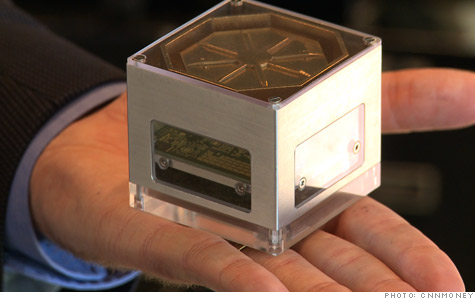Now the analysis. "LightRadio" as the product is called has its advantages and disadvantages. The most obvious advantage is its size. Unlike cell towers which require lots of energy and a small dedicated power supply to operate, the LightRadio cube runs on only 1.5 watts (yes I did say 1.5 watts). This allows them to be easily installed on lampposts, bus station coverings, and other locations previously impossible for traditional cell site technology. In addition, the cubes can be monitored remotely and even directed to provide directional signaling to address local congestion. This makes their maintenance cost cheaper while also improving network coverage. Remember, current cellular towers broadcast in all directions, so most signals do not reach users; wasted energy equals higher costs.
The disadvantages of the product center on its limitations. For one, a cube only has a coverage distance of 2.5 city blocks. That means that cell towers will still be used, but their numbers can be reduced to instances where long distance transmission and coverage is required. The second disadvantage is that LightRadios must still be physically wired to cellular base stations. This can create a nightmare of wires for network engineers, but Alcatel-Lucent is currently working on integrating base station components (smaller of course) into a LightRadio cube by 2014.
All in all, the advantages of a product like LightRadio are welcomed within the telecommunications industry as a simpler and cheaper solution to address the explosion of data needs on their networks. Sprint's immediate interest and announcement of testing just one month after product release shows that the industry is looking for smaller and cheaper ways to expand their existing networks. Who knows, maybe you'll see a LightRadio on your way to work tomorrow?

No comments:
Post a Comment